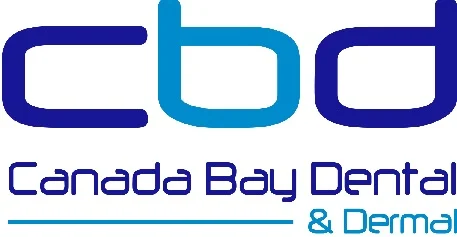Can Probiotics Absorb Candy’s Sugar Punch?
/Candy has always been considered the traditional villain in dentistry. The sugar content alone encourages oral bacteria and results in rapid bacterial proliferation. But prohibiting children from eating candy is an uphill battle, despite the fact that overconsumption can lead to rampant caries and a lifetime of dental problems. Times have changed, though, as probiotic candy is here to save the day. According to research, it’s now possible to include probiotic bacteria in candies and mints to prevent dental caries.
How Does It Work?
Ordinary candy and sweets contain a very high amount of sugar. This acts as food for all oral bacteria, including one oral bacterium in particular called streptococcus mutans. The Streptococcus mutans strain is responsible for causing oral caries or dental cavities. This bacterium reproduces very fast, eating the sugar in the mouth and producing vast amounts of acid as a by-product. This acid actually damages the tooth, causes dental defects, and eventually results in dental cavities. Researchers believe that adding a special strain or probiotic bacteria to all types of candy will provide an active competition to the Streptococcus mutans strain and prevent it from causing dental caries. Researchers tested more than 600 different strains of probiotic bacteria against the Streptococcus mutans strain, and they finally picked Lactobacillus paracasei. This Lactobacillus paracasei, is most commonly found in yoghurt and kefir and it seems to actually compete and kill the Streptococcus mutans strain. In fact, both strains seem to have built-in hatred toward each other as Lactobacillus paracasei attacks Streptococcus mutans, causing it to clump up and stagnate. This means there are far fewer bacteria in the mouth to use the sugar from candy to create oral cavities.
Feasible Long-Term Idea?
Although this seems like an effective way of controlling bacteria inside the mouth, the long-term effects are yet known. According to researchers, the Lactobacillus paracasei attacks free floating bacteria found in saliva but it does not have an actual effect on the bacteria found attached to teeth (in plaque). However, other researchers have managed to bypass the problem by adding Lactobacillus paracasei to fluoridated toothpaste. The brushing process removes the biofilm, and Lactobacillus paracasei immediately hooks on to the free-floating streptococcus mutans. Patients can then spit out their new bacterial buddies, resulting in a reduction in their oral bacterial load.
Manufacturers of the toothpaste Plidentia followed the toothpaste users for four weeks and noted results. The results, not surprisingly, showed that that streptococcal load decreased in almost all users. Cashing in on the research, several companies are now making oral lozenges and chewing gums that contain Lactobacillus paracasei. And now you’ll find lines of probiotic toothpastes and mouthwashes that contain proprietary mixtures of probiotic bacteria, including one that contains two powerful probiotics, M18 and BLIS K12, that work the same way as Lactobacillus paracasei. Patients can purchase the probiotic candies from specialty stores or brew their own probiotic drinks and products to reduce their chances of oral cavities.
